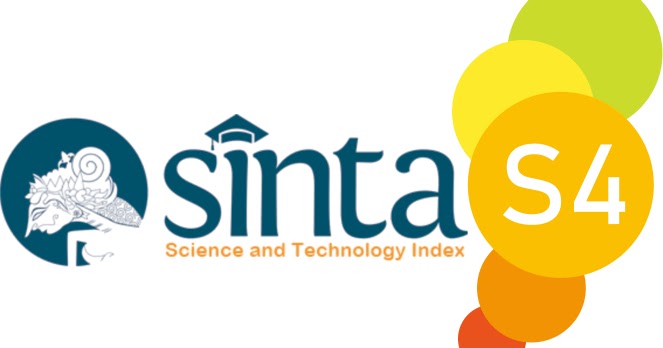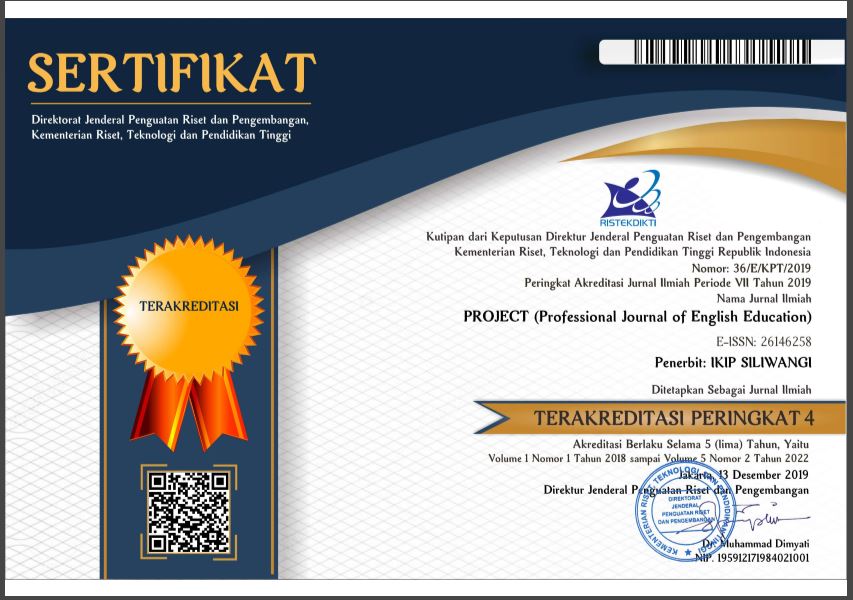Rhetoric Devices and Ideology: A Critical Discourse Analysis of Rashida Tlaib’s Speech on Palestine Issues
Abstract
The Palestinian issue continues to be a central focus of global political and humanitarian discourse. In the United States, support for Palestine is often met with controversy, especially within discussions of foreign policy and civil rights. This study applies a descriptive qualitative approach, utilizing van Dijk’s Critical Discourse Analysis (CDA) and Aristotle’s rhetorical appeals pathos, logos, and ethos to investigate how Rashida Tlaib, the only Palestinian-American member of Congress, employs rhetoric and ideology in advocating for Palestinian rights. The data consist of three of her speeches retrieved from YouTube. The findings reveal that pathos (39.4%) is the most frequently employed rhetorical device, followed by logos (33.3%) and ethos (27.3%). Through tragic narratives and rhetorical questions, Tlaib evokes empathy and moral urgency; through data and logical reasoning, she critiques U.S. foreign policy; and through her personal identity and alignment with social justice movements, she reinforces credibility. Ideologically, her speeches emphasize humanitarian advocacy, anti-imperialism, global solidarity, and government accountability. This study underscores the power of rhetoric in reshaping public narratives and amplifying marginalized voices in the discourse on Palestine.
References
Aristotle. (2007). Rhetoric (P. J. Furth, Trans.). Dover Publications. (Original work published ca. 350 BCE)
Afzal, S., & Hassan, A. (2021). Using rhetorical and persuasive techniques: A political discourse analysis of the victory speech by Imran Khan. Journal of Communication and Cultural Trends, 3(2), 105-121.
Al-Khawaldeh, N. N., Rababah, L. M., Khawaldeh, A. F., & Banikalef, A. A. (2023). The art of rhetoric: persuasive strategies in Biden’s inauguration speech: a critical discourse analysis. Humanities and Social Sciences Communications, 10(1), 1-8.
Charteris-Black, J. (2011). Politicians and rhetoric: The persuasive power of metaphor. Springer.
Gill, A., & Whedbee, K. (1997). Rhetoric. In T. A. van Dijk (Ed.), Discourse as social interaction (Vol. 2, pp. 157–184). Sage Publications.
Herrick, J.A. (2005) The history and theory of rhetoric: An introduction (3rd ed.). Boston: Pearson Education.
Herrick, J. A. (2020). The history and theory of rhetoric: An introduction. Routledge.
Husnussalam, H., & Yana, Y. (2024). Rhetoric and Ideology: A Critical Discourse Analysis of Anis Baswedan’s Lecturing Speech at 2023 St. Lee Lecture–Can Democracy Deliver? Reflections On The Indonesian Case. PROJECT (Professional Journal of English Education), 7(1), 124-134.
Kabirun, S. S. Z. (2024). Investigating the Rhetoric of a President: a Rhetorical Discourse Analysis. JOALL (Journal of Applied Linguistics and Literature), 9(2), 456-474.
Mohamad, H. A. (2022). Analysis of rhetorical appeals to logos, ethos and pathos in ENL and ESL research abstracts. Malaysian Journal of Social Sciences and Humanities (MJSSH), 7(3), e001314-e001314.
Rapp, C. (2002). Aristotle’s rhetoric. In E. N. Zalta (Ed.), The Stanford Encyclopedia of Philosophy (Fall 2002 Edition). Stanford University.
Rabiah, S. (2018). Language as a tool for communication and cultural reality discloser.
Van Dijk, T. A. (2002). Political discourse and ideology. In C. Schäffner (Ed.), Politics as text and talk: Analytic approaches to political discourse (pp. 45–79). John Benjamins.
Van Dijk, T. A. (2004). Ideology and discourse. Barcelona: Pompeu Fabra University.
Van Dijk, T. A. (1998). Ideology: A multidisciplinary approach.
Widyawardani, Y. I. (2016). Rhetorical Analysis of Donald Trump's Presidential Candidacy Announcement Speech. Undergraduate Program, Sanata Dharma University, Yogyakarta.
Zhiyong, D. (2016). Logo, Pathos and Ethos in David Cameron’s Political Speech: A Rhetorical Analysis. KKU International Journal of Humanities and Social Sciences, 6(2), 63-74.
Downloads
Published
Issue
Section
License

This work is licensed under a Creative Commons Attribution-ShareAlike 4.0 International License.




